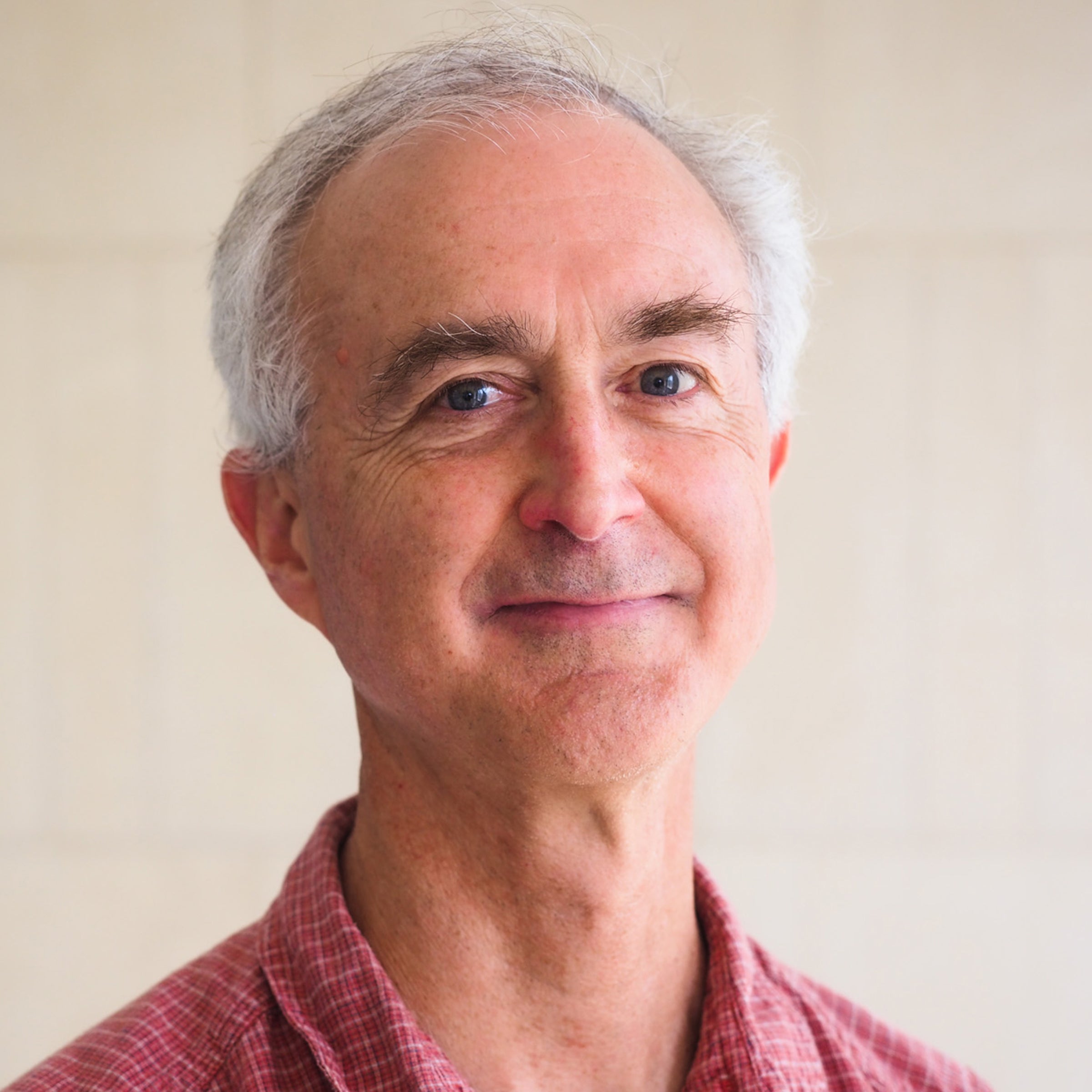Arlen W. Johnson
- Professor
- Molecular Biosciences

Contact Information
Biography
Californian by birth, attended UC Santa Cruz as an undergraduate (Go Slugs!). PhD in Biochemistry from Harvard University and a PostDoc at Dana Farber Cancer Institute. When not in my lab (or my office), I enjoy natural history and hiking, woodworking, traveling, cooking, gardening with native plants, the arts, and playing soccer with my corgi.
Research
My lab is interested in how cells manufacture ribosomes and ensure that they function correctly for decoding your genome during translation. Since working out the pathway for cytoplasmic maturation of the large ribosomal subunit more than 10 years ago (Lo et al Mol Cell, 2010), we have become interested in the general question of how the newly made ribosome is checked for function before it is licensed for translation. We found that the proper assembly of the P-site, close to the catalytic center of the ribosome, is assessed by several proteins that appear to be mimics of translation factors, leading us to propose that the 60S subunit undergoes a "test drive" before it is released into the pool of active ribosomes. In collaboration with Dr. David Taylor's lab, we used cryo-electron microscopy to determine the structures of multiple intermediates of the maturing large subunit to understand how the catalytic center of the ribosome is completed (Zhou et al, Nat Comm 2019). We are continuing to establish a mechanistic understanding of ribosome maturation.
In contrast to the large subunit of the ribosome, which catalyzes polypeptide synthesis, the small subunit is responsible for decoding. A critical intermediate in assembly of the small subunit is the SSU Processome, which is scaffolded by the non-coding U3 snoRNA. In order for the SSU Processome to be rearranged into a mature small subunit, U3 must be removed. In particular, U3 blocks the folding of the central pseudoknot, an RNA element that coordinates all the RNA domains of the small subunit. We identified the RNA helicase Dhr1 as the enzyme that unwinds U3 snoRNA from the pre-ribosomal RNA. We are interested in understanding how the timing of Dhr1 unwinding activity is controlled to ensure that unwinding occurs only after completing the major assembly events of the small subunit. To this end, we have identified a network of factors involved in Dhr1 function and we are using a suite of approaches, including molecular genetics, biochemistry and structural biology, to understand their role in the timing of Dhr1 function.
Research Areas
- Biochemistry
- Molecular Biology or Genetics
Fields of Interest
- Molecular Biology and Genetics
- Biochemistry
Centers and Institutes
- Interdisciplinary Life Sciences Graduate Programs
